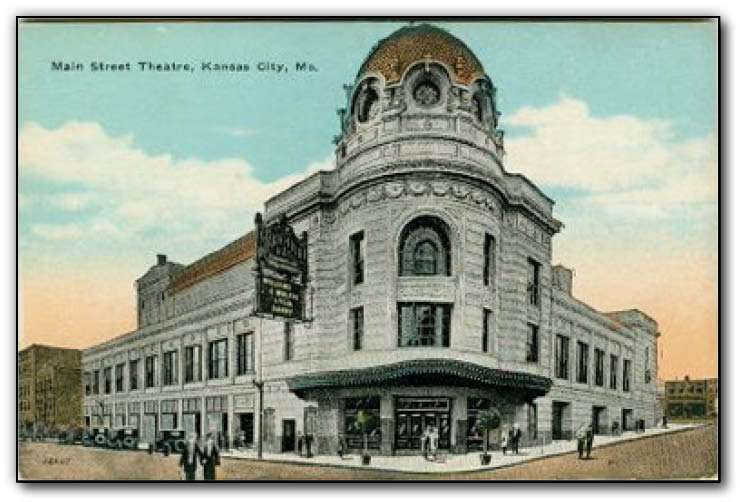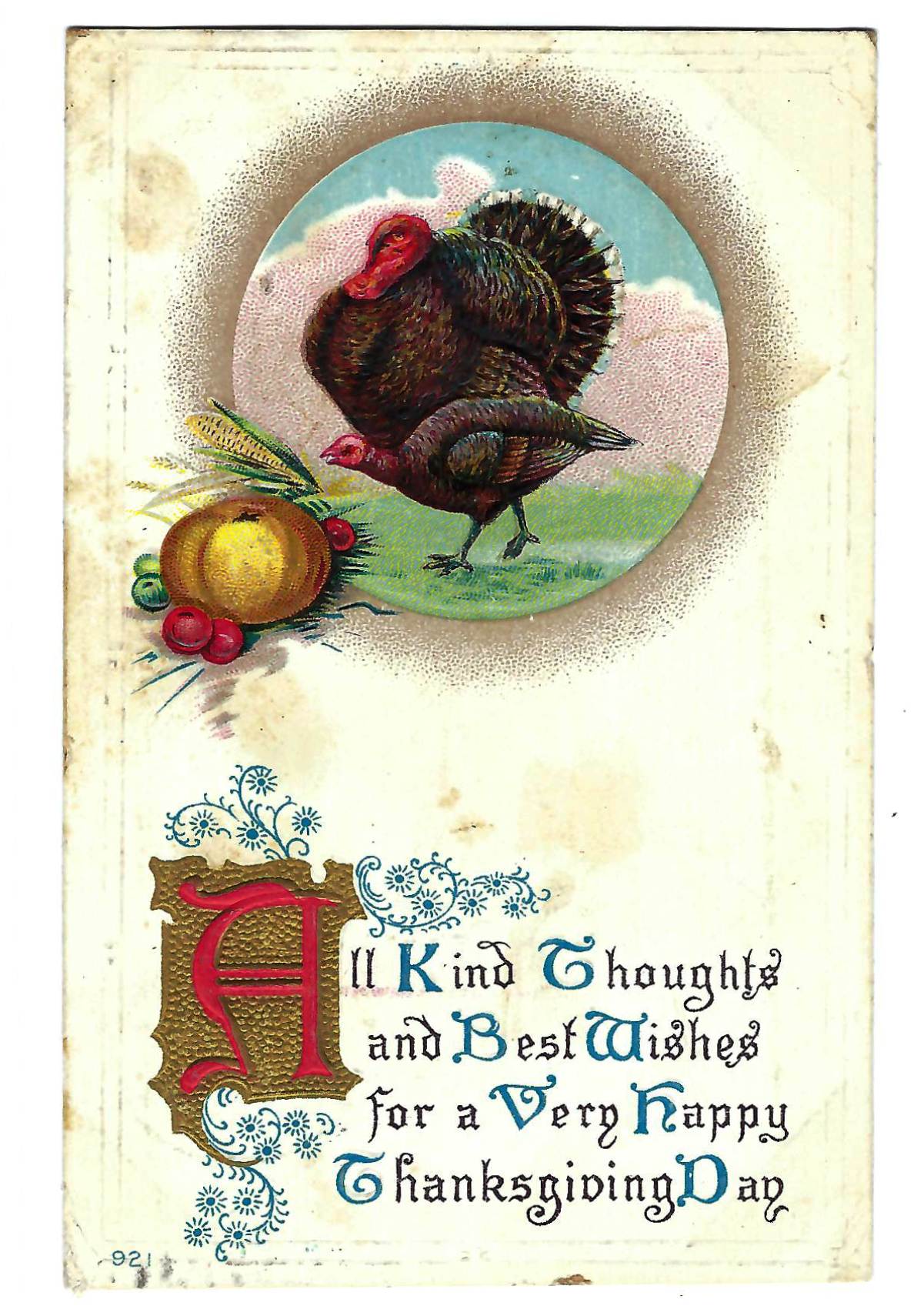By Michael Bushnell
Northeast News
April 1, 2015
The marquee on the Max Bernstein postcard of the Main Street Theater shows the vaudeville team of Williams and Wolfus playing, as well as Lydia Barry.
“Williams and Wolfus” was actually a husband-and-wife team of Herbert and Hulda Williams (Wulfus). Lydia Barry was also a vaudeville songstress who, after the advent of “talkies” never enjoyed the same notoriety as she had in vaudeville.
The Main Street Theater, located at the southwest corner of 14th and Main Streets opened Oct 30, 1921. Designed by the popular theater design firm of Rapp and Rapp in Chicago, the Main Street lived up to everyone’s expectation of the palatial movie and show houses — and the only Rapp and Rapp design in Kansas City.
The interior of the theater was designed in the French Baroque style and the exterior is a blend of French Empire and Neoclassical. A dome encircled by round windows tops the lobby. With a seating capacity of roughly 3,000, it was the first in Kansas City to offer nursery services for parents attending shows there.
The Main Street also had a tunnel that led from the lower level of the theater under the street to the Hotel President at 14th Street and Baltimore to provide actors with dressing room access adjoining the hotel. It is said that during Prohibition, bootleggers used the tunnel as an escape route — probably in both directions given Kansas City’s wide-open reputation during the 1920s and 30s.
The Main Street’s basement also boasted huge cages for performing animals in traveling vaudeville shows, as well as a pool for seals and an elevator large enough to haul elephants to the stage for performances. In 1941, RKO purchased the theater and changed the name to The Empire and the vaudeville-style shows were discontinued. RKO held the theater until the late 1950s when Stan Durwood purchased the operation as one of his chain of Durwood theaters.
In 1967, a second theater was added by remodeling the balcony in the lobby.
Durwood Theaters, now known as AMC, operated the theater through 1985, then closed it due to the exodus from downtown.
Local developer Larry Bridges purchased the theater and then promptly applied for a permit to raze the historic building.
After several unsuccessful attempts by Bridges and development partner DST to demolish The Empire in 2004, the city stepped in and purchased the structure. The theater operates today as the Mainstreet Alamo Drafthouse.




















